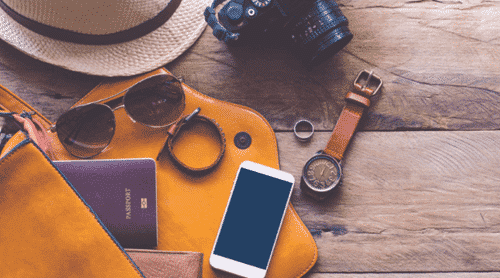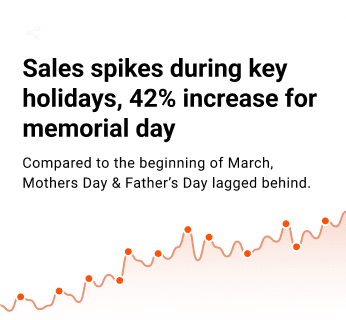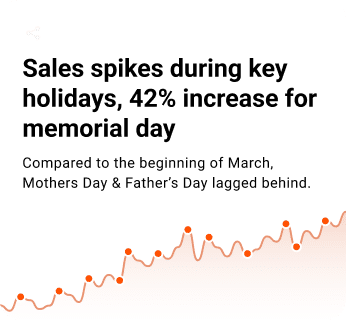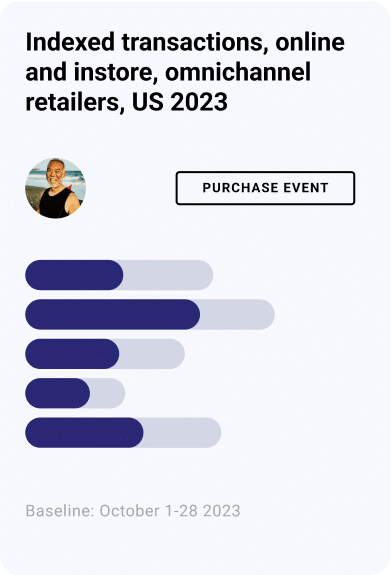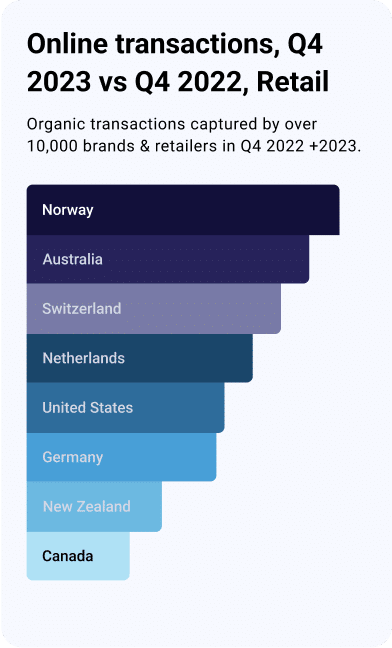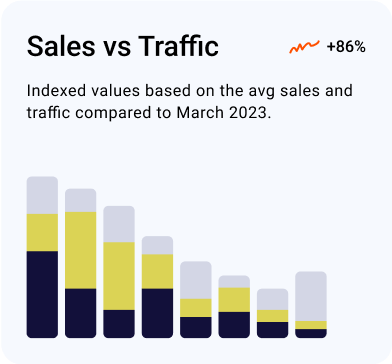- 1. All over APAC, consumer habits are shifting towards mobile-first lifestyles.
- 2. Mobile has crossed the 50% threshold in the Asia-Pacific region.
- 3. Across all nine markets in APAC, 43% of people browse and 34% book on-the-go — and apps are taking off.
- 4. Nearly four out of ten travelers (39%) in the region use smartphones to search for travel options.
- 5. Vietnam has highest forecast growth in smartphone penetration, from 35 to 65%.
Smartphones are ubiquitous throughout the Asia-Pacific region, or will soon be. And the ways consumers use them are evolving faster than ever, especially for travel. Here are five stats on how smartphones will continue to change the travel booking experience from beginning to end.*
1. All over APAC, consumer habits are shifting towards mobile-first lifestyles.
In developing economies like China and Vietnam, it’s common to use mobile devices for all stages of travel planning and booking due to the growing presence of smartphones. In developed markets, such as Australia, Singapore, South Korea, and Taiwan (areas that adopted mobile much earlier than emerging markets), consumers are doing more on-the-go browsing for travel products, while at the same time increasing their adoption of mobile usage at all stages of the travel journey — from searching for travel products to sharing photos on social media.
2. Mobile has crossed the 50% threshold in the Asia-Pacific region.
Mobile travel sales already account for half of total travel sales in 2017. Count on them taking up an even bigger percentage of online travel sales in the future, especially in developed markets such as South Korea and Singapore. In China, they’re expected to account for nearly three-quarters of online bookings by 2020.
3. Across all nine markets in APAC, 43% of people browse and 34% book on-the-go — and apps are taking off.
Apps rule developing markets. India has the highest percentage of consumers browsing and booking on-the-go, at 62% and 54% respectively. At the same time, app usage is growing in more mature regions too. Asian travelers are keen on using apps throughout the travel journey, so travel advertisers would do well to ensure theirs are optimized for easy and safe payment, from booking flights and rooms all the way to buying in-destination activities.
4. Nearly four out of ten travelers (39%) in the region use smartphones to search for travel options.
Additionally, over a third (37%) of respondents most often use smartphones apps or browsers for booking travel. Smartphones are also emerging as the go-to devices to book in-destination activities. Over 55% of respondents use smartphone apps or browsers to book things like excursions, museums, cultural attractions, outdoor activities, theme parks, meals out, and ticketed events.
5. Vietnam has highest forecast growth in smartphone penetration, from 35 to 65%.
By 2020, the total market value of the online travel market in the Asia-Pacific region will have skyrocketed to $446 billion — with 76% of that growth coming from mobile sales. By then, nearly two out of three in households in Vietnam will be equipped with mobile devices, which presents a huge opportunity for travel advertisers.
For more details and intel on what’s happening with the new era of digitally savvy travelers, check out our latest report here.
*Based on an online consumer survey sponsored by Criteo in partnership with Euromonitor International that was conducted in February 2017 among 1,900 travelers in Australia, China, India, Indonesia, Japan, Singapore, South Korea, Taiwan, and Vietnam who search or book for travel products online.






